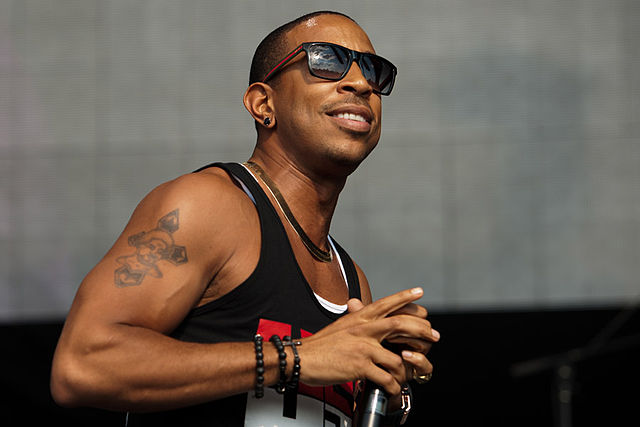
Does Ludacris Have the Best Album Run Ever?
While my friend Stefon and I were watching a Thursday Night Football game, we started talking about the different reigns of NBA players (whether it be Lakers Shaq or Miami LeBron) and naturally the conversation veered over into rappers and their reigns and specifically great album runs. Of course we ran down the usual players (Jay Z, Eminem, 2Pac) but then he mentioned Ludacris. At first it seemed out of place and drew a befuddled look from me, but then I thought about his album run:
Back For the First Time
Word of Mouf
Chicken- n- Beer
The Red Light District
Release Therapy
Theater of the Mind
Battle of the Sexes
Hmmmm. My befuddlement became amazement at myself for not realizing this sooner. This was one of hip hop’s best album reigns of all time — why isn’t this talked about more amongst the hip hop journalism elite? Maybe it was Ludacris’s playful anthems that made us underestimate how essential his songs were to the 2000s. Or maybe it was the fact his exit into movies made us forget the force he was. But it made me look at his discography:
Back For the First Time (2000)
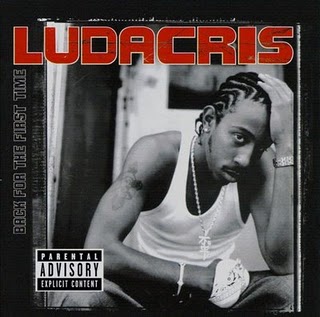
Back For the First Time was Ludacris’s mainstream debut album and saw him leave his older life as a radio disc jockey by the name of Lova Lova Chris for the rap world. One day during this period when I was around the tender age of 10 I was in the car with my Dad and we were listening to 93.9 on the radio and Ludacris’s “What’s Your Fantasy” beat was looped in with the song prior. I was drawn to its raunchy and hypnotic beat with a woman seductively repeating “yea, yea, yea.” This was also enough for my dad to turn the radio back to the local jazz station, but the song would stand out as one of the most memorable lyrics of my childhood, especially the line about the “backseat, windows up that’s the way I like to…” you know the rest. But that track would be outshined by his Pharrelll produced single “Southern Hospitality.” One of Pharrell’s most underrated beats, “Southern Hospitality” was unapologetically Southern and would be something of a thesis statement for Ludacris’ content, style, and humor throughout his career. Also, who could forget the music video that accompanied the song where Ludacris spends the second half rapping upside down?.
Word of Mouf (2001)
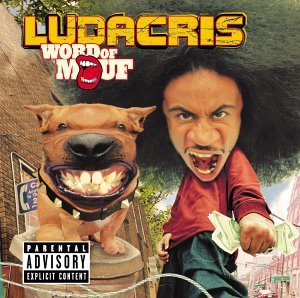
Ludacris’ second album could be summed up by one song: “Roll Out.” I only imagine if there was social media in that era, that “Roll Out” would have become a popular response or meme for response to Twitter comments. It sounds like Busta Rhymes stomping through the Flintstones house.
Word of Mouf also features “Area Codes,” one of the most iconic Nate Dogg features ever, and, eventually, part of the nationwide hip hop lexicon and slang. It’s so effortless, and the video somehow is exactly how I imagined the song would be when I initially heard it: Luda and Nate Dogg on a beach with beautiful women from every damn single US area code.
The very aggressive and entertaining song “Move Bitch” is the third single from the album and creates a moment that represents the Atlanta high energy/crunk scene but also is able to capture fans that might not have been privy to that particular scene pre- Lil John by luring them in with an entertaining and outlandish chorus.
Chicken-n-Beer (2003)
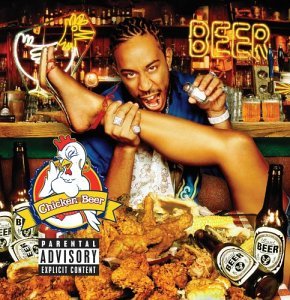
You can see the unapologetically southern foundation that was set with Back For the First Time shown on the cover and title of Chicken- n- Beer. Luda was more comfortable than he had ever been with not only music but what he was conveying visually, especially via the strange and funny music video for “Stand Up,” which was directed by Dave Meyers and would become a staple in Ludacris’s discography. The bizarre things happening in the background, the huge feet and all of the small oddities really captured the fans’ attention and made him stand out.
The Red Light District (2004)
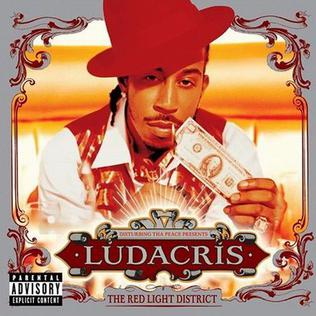
At this point Luda was well established and had founded his own record label, DTP where he was able to cultivate the talents of Shawnna and Chingy. This album show cased Luda’s versatility with hits like the “Number One Spot,” clearly inspired by the popularity of everybody’s favorite shagger, Austin Powers, and even tapping Quincy Jones in the video, as well as songs like “Pimpin All over the World,” which was a lush and sexy song that included Bobby Valentino in all of his amazing hook crooning glory. I couldn’t forget the iconic song “Get Back,” or Luda’s outlandish and Missy Elliot-esque video, most famously known for the fake huge biceps he wears. The album would be accompanied by a DVD where Ludacris went into all of the different aspects of the red light district like strippers and everything that comes with that life.
Release Therapy (2006)
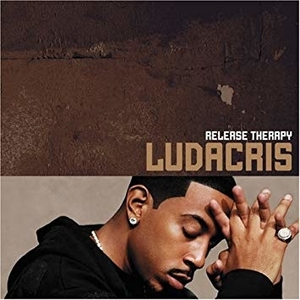
Another solid release from Ludacris would include a mixtape staple, “Grew up a Screw Up,” which would go on to be one of the most rapped on instrumentals of the mid 2000s, most famously by Weezy F Baby. Release Therapy would also include a maturation of Ludacris, exemplified by one of the best songs of his discography, “Money Maker”. The song would see Pharrell using every trick out of his 808 bag while mixing it with sound effects from a 60s science fiction show with a video featuring some of the most elegant beautiful black models of the era.
Theater of the Mind (2008)
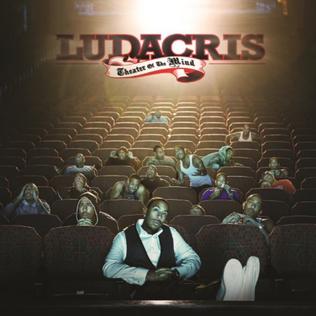
Ludacris by this time had very successful forays into movies, which would influence a concept album inspired by cinema and called it Theater of the Mind. This album would have all the bells and whistles like a DJ premier record, “MVP,” and a song with Nas and wait for it, Jay Z called “I Do it for Hip Hop.” Luda was able to craft special moments like the song “Everybody Hates Chris,” an obvious play on the show Everybody Hates Chris. Then there were amazing skits from people like Common, Ving Rhames and the legendary Spike Lee. This is Luda’s most intricately sequenced album.
Battle of the Sexes (2010)
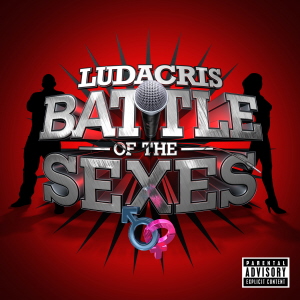
This album, a collaboration with DTP artist Shawna, was definitely during the period where Ludacris’s profile was diminishing in the hip hop world. Even though he was going through this “cooling” period, he would still end up making one of the biggest songs in his career and a party anthem, “How Low.” This is a song that is played everywhere from EDM parties in Vegas to high school dances in Georgia.
As you can see, Ludacris has had an album run for the ages littered with intricately rapped songs for fans of lyrics but most importantly hits that appealed to a wide swath of fans and non- fans alike. So when you think about all of the rappers who had legendary album runs throughout time do not forget about Lova Lova Chris… I mean, Ludacris.